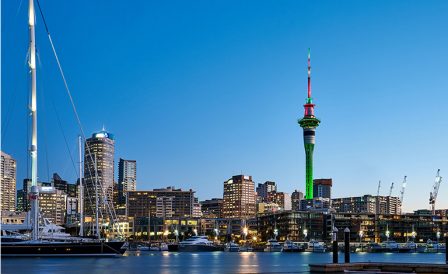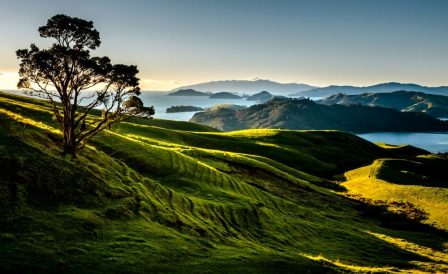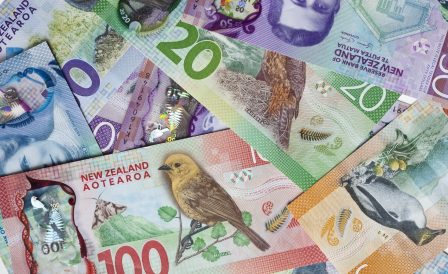Discover the captivating story of how New Zealand settled. From the arrival of the first Polynesian explorers to the rise of a modern, independent nation. This article traces the journey of the Māori people, their rich cultural legacy, early encounters with Europeans, colonization, and the key events that shaped the country we know today.
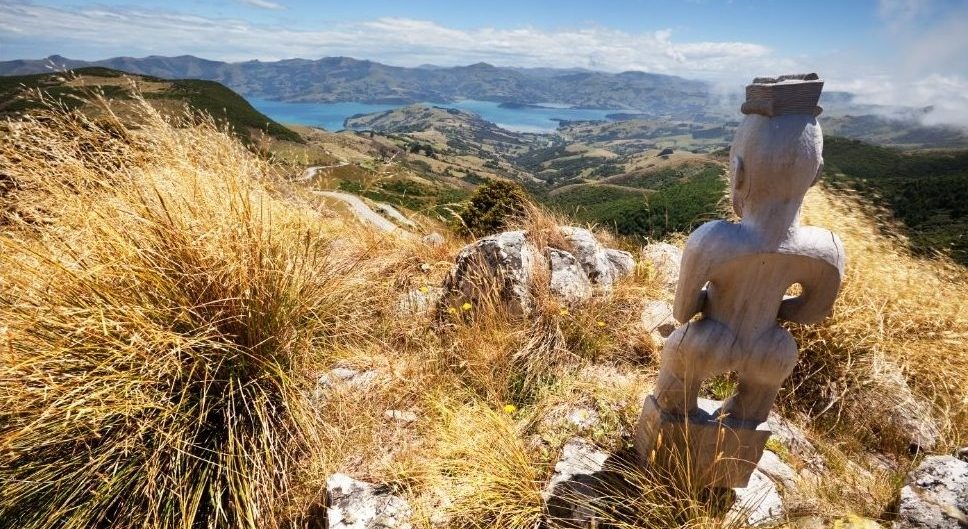
The First People
It is believed that the first humans to settle the islands of New Zealand were Polynesian Māori tribes. The exact date of their arrival is unknown, but according to the latest research, it occurred sometime between 1250 and 1300 CE.
According to one Māori legend, a Polynesian navigator named Kupe and his beloved Kuramārōtini discovered the land as early as 800 CE. They named it Aotearoa, which translates to “the land of the long white cloud.”
Fleeing either intertribal warfare or famine, Kupe’s descendants reached the hospitable lands of what would become New Zealand and settled at a distance from one another to avoid internal conflicts.
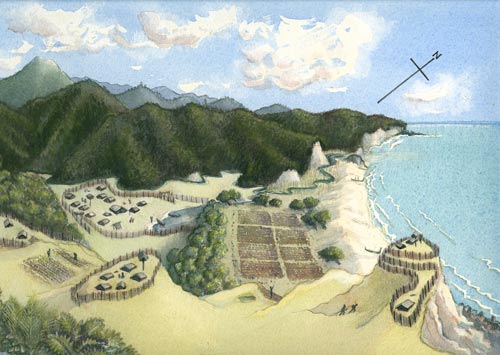
A depiction of Māori settlement in New Zealand (Image from TE ARA/www.teara.govt.nz)
The tribes first settled on the North Island and, for nearly three centuries, were the sole inhabitants of New Zealand. Over time, they became known as one of the most fearsome peoples encountered by European explorers and colonists. This reputation was largely due to the practice of cannibalism, which was rooted in a spiritual belief that consuming a defeated enemy transferred their strength to the victor.
For Europeans, who even into the 18th century, considered the idea of “cannibal tribes” more myth than reality, discovering such practices in New Zealand was a horrifying shock.
Until the arrival of Europeans, the Māori had never encountered or used iron. They crafted tools and weapons from stone, whale and other animal bones, wood, and seashells. Their only domesticated animals were dogs. However, they were incredibly skilled seafarers. In the vast ocean, they navigated expertly using the sun, stars, currents, and water color, often following bird migrations or whale pods. They sailed in masterfully built canoes and catamarans equipped with sails and keels, capable of carrying up to 100 people and reaching speeds of 40 km/h.
The Māori had a rich spiritual life and were highly creative artisans, musicians, and storytellers. Many of their traditional songs and legends have survived to this day.
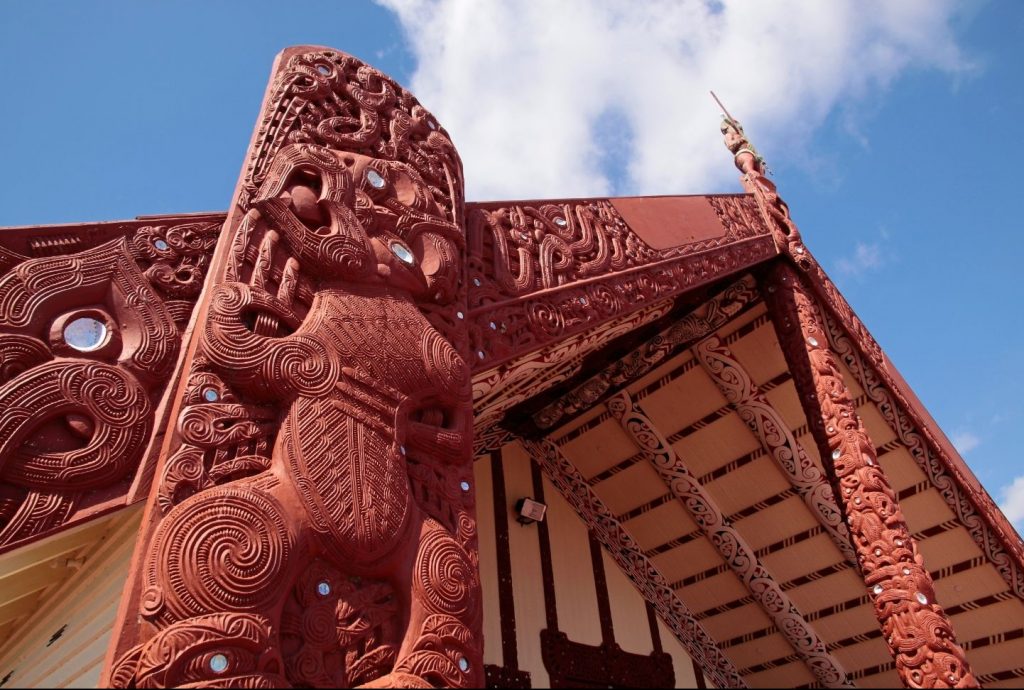
One of their most distinctive cultural traditions was ta moko — facial and body tattoos worn by chiefs and renowned warriors. These tattoos symbolized status and resilience, as they were expensive and extremely painful to receive.
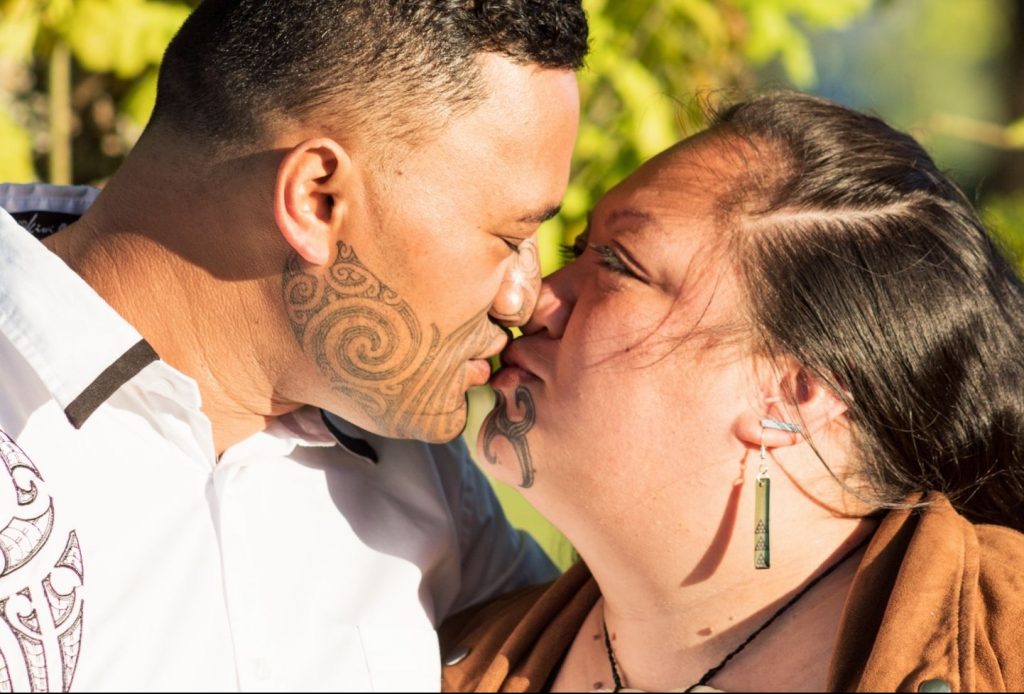
Encounter With European Civilization
In the mid-17th century, Māori tribes had their first contact with Europeans. In 1642, Dutch explorer Abel Tasman reached the western shores of New Zealand. When he tried to land, he was met with hostility from local tribes, lost part of his crew, and was forced to retreat. Troubled by the encounter, he named the bay where the incident occurred “Murderers’ Bay.” Tasman believed he had discovered part of an unknown southern continent. Later, Dutch cartographers named the land New Zealand, after the Dutch province of Zeeland.
In 1769—127 years after Tasman’s visit—French captain Jean Surville arrived. His aggressive response to the theft of a small boat (burning several Māori huts) left a lasting bitterness among the Māori. Just three years later, his countryman, Captain Marion du Fresne, paid the price: he and 26 sailors who landed in the same bay were killed and eaten in revenge for Surville’s actions.
These events cemented a deep mistrust of Europeans, whom the Māori began calling pākehā. The exact origin of the word is unclear, but one theory suggests it referred to a mythical, human-like being with light skin and hair, sailing in reed canoes that magically transformed into large sailing ships.
The only European who managed to build some form of respectful contact with the Māori was British explorer Captain James Cook.
Later in 1769, Cook reached New Zealand’s shores with the goal of conducting detailed exploration. Unlike his predecessors, Cook had prepared for encounters with the locals, bringing both weapons and a translator. However, peaceful contact was not immediately possible. Armed conflict broke out, resulting in casualties on both sides. Nevertheless, Cook succeeded in mapping the land, describing the Māori people, and proving that New Zealand was not part of a larger continent, but rather consisted of two main islands separated by a strait. Both the Cook Strait and New Zealand’s highest mountain, Mount Cook, were named in his honor.
Colonization of New Zealand
Despite the difficult relationships with local tribes, Cook recognized the great potential of the land and claimed New Zealand for Britain before continuing on to Australia.
Soon after, ships began to arrive with explorers, sailors, missionaries, traders, and adventurers. The British organized a settlement company, and in 1839, the first ship of settlers arrived and founded what would become the capital city — Wellington. Later, the cities of New Plymouth and Nelson were established.
This rapid influx of settlers alarmed the Māori. Conflicts between the tribes and the pākehā became increasingly frequent and violent.
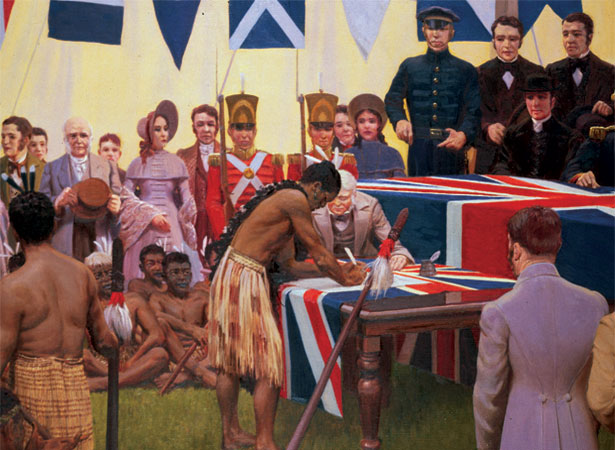
Signing of the Treaty between the Māori and British colonists (Image from New Zealand History/www.nzhistory.govt.nz)
At the same time, France also showed strong interest in the islands. In response, Britain appointed William Hobson as governor, who was tasked with solidifying British rule. In 1840, he succeeded in securing the signing of the Treaty of Waitangi with Māori leaders. The treaty, which remains in effect today, granted sovereignty to the British Crown in exchange for protection and the promise that Māori would retain their lands and be granted the same rights as British citizens.
However, the treaty was drafted by individuals with little experience in such matters and was poorly translated into the Māori language. This led to disputes over its validity. Even when recognized by the authorities, violations were frequent — colonists seized lands or bought them for next to nothing. These breaches sparked many conflicts. Over time, with British troops possessing superior weaponry, and later due to even more brutal intertribal wars, the Māori population sharply declined. By the end of the 19th century, some tribes had nearly disappeared, and much of their land was taken over by settlers.
Economical Development and Key Historical Events
In the second half of the 19th century, the South Island was the country’s economic center. It was peaceful and safe, unlike the conflict-ridden North Island.
Sheep farming flourished there, and wool became New Zealand’s top export. Unlike food, wool did not spoil during long sea journeys. Britain was the main export market, using the wool as raw material for its textile industry.

In 1861, gold was discovered on the South Island, leading to a five-year gold rush that brought a wave of immigration. Many stayed to farm, and the small town of Dunedin became the country’s largest city. Gold mining prompted the construction of railways connecting ports with inland regions. New Zealand began trading with America and France.
Thanks to sheep farming and gold, New Zealand’s economy grew stronger. At the turn of the 20th century, social reforms further enhanced the country’s reputation — addressing women’s suffrage, workers’ rights, child welfare, and healthcare.
In 1907, New Zealand became a Dominion of the British Empire, gaining self-government.
New Zealand played active roles in both World Wars. One of its most significant national events was the Gallipoli campaign of World War I. The goal was to secure the Dardanelles Strait, opening a route to the Black Sea. Launched in spring 1915, the campaign lasted eight grueling months and ended in failure. Though relatively small in global terms, New Zealand and Australia suffered heavy losses, making Gallipoli a national tragedy and a turning point for national identity. The following year, both countries established ANZAC Day — a day of remembrance held annually on April 25.
In 1985, New Zealand declared itself a nuclear-free zone, banning U.S. naval vessels from entering its waters. This strained relations with the United States.
From the 1930s onward, New Zealand’s economy steadily improved, with the government prioritizing social welfare. But in 1973, two major challenges hit: the global energy crisis and the UK’s entry into the European Economic Community, which cost New Zealand its main export market.
In 1986, New Zealand adopted a national constitution, officially severing legal dependence on Britain.
Modern New Zealand
Today, New Zealand is a young and developed country with a high standard of living and strong international engagement. It consistently ranks among the world’s most prosperous nations — placing 10th globally in 2023. And consistently named as one of the most peaceful countries.
New Zealanders still honor many English traditions, showing Britain’s deep cultural influence. At the same time, the government actively supports the preservation of Māori culture and promotes the growth of the indigenous population. Today, in 2025, there are over 900,000 Māori in New Zealand — about 17.3% of the total population.

